Introduction: Defining Multi-Species Home Design
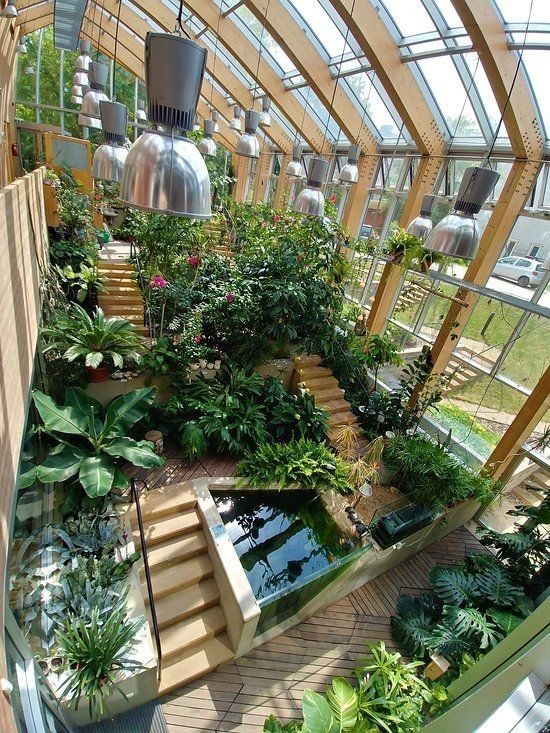
Multi-species home design marks a radical expansion of traditional residential architecture, where the dwelling is conceived not solely for human use but as a shared habitat that deliberately accommodates the needs of multiple living species—birds, insects, mammals, plants, and other organisms. This progressive design philosophy recognizes humans as part of complex ecosystems and seeks to foster coexistence, mutualism, and biodiversity within domestic spaces.
Unlike conventional homes built as enclosed, impermeable containers that isolate humans from nature, multi-species homes embrace porosity, permeability, and environmental integration. They feature architectural elements and material systems that support native wildlife habitats, ecological functions, and biophilic connections—improving the wellbeing of all occupants, human and nonhuman alike.
Drawing on emerging academic discourse, experimental practices, and pioneering projects, this comprehensive article explores the principles, methods, benefits, challenges, and future directions of multi-species home design, providing architects, developers, and homeowners with a visionary roadmap to crafting truly shared living environments.
Historical Context and Philosophical Foundations
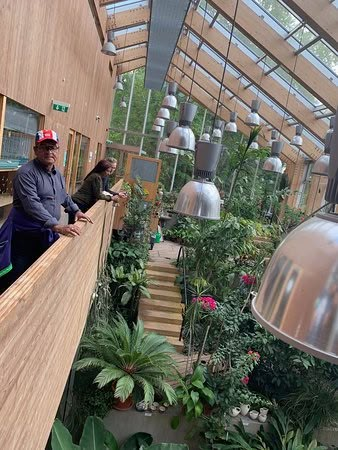
The roots of multi-species design intertwine with both indigenous practices of harmonious living with nature and contemporary ecological critiques of human exceptionalism. Architectural history has largely centered on human needs, sidelining other beings or commodifying nature as decoration or utility.
The multi-species design movement challenges anthropocentrism, inviting architects to consider “more-than-human” perspectives, where animals, plants, and microorganisms are stakeholders with distinct spatial needs and agency. This shift mirrors growing environmental urgency, climate change awareness, and ecological ethics that seek to preserve biodiversity in rapidly urbanizing landscapes.
Philosophically, it draws from:
- New Materialisms: Emphasizing interconnectedness and agency of matter, including living organisms within the built environment.
- Posthumanism: Questioning the human/nonhuman divide and promoting multispecies cohabitation and mutual care.
- Biophilia: Recognizing innate human affinity for nature and the wellbeing benefits of natural interaction.
- Environmental Justice: Extending justice beyond humans to protect habitats and species impacted by development.
Multispecies home design thus represents an ecological and ethical reimagining of domesticity as inclusive and regenerative.
Biophilic and Ecological Design Principles
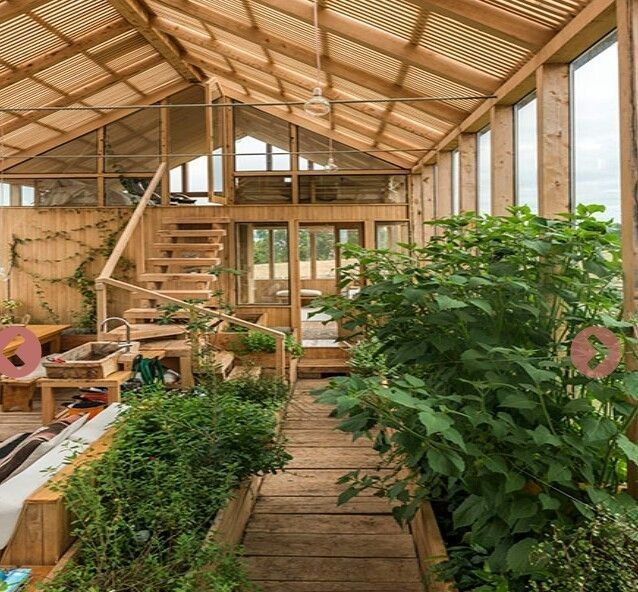
Multi-species homes align closely with, and extend, biophilic design principles, aiming to reconnect humans to nature while sustaining other species:
- Habitat Provision: Integrate nesting boxes, hibernacula, pollinator-friendly gardens, and corridors that support local fauna and flora.
- Porous Boundaries: Use materials and structural systems—like porous rammed earth walls, timber scaffolding, and gabion rock enclosures—that enable animal access and plant growth while balancing privacy and safety.
- Multi-Sensory Environments: Foster natural sounds, scents, textures, and light patterns that benefit both humans and nonhuman inhabitants.
- Sustainability and Resilience: Emphasize native species, water-efficient landscaping, renewable materials, and passive systems supporting ecosystem health.
- Mutualism and Interaction: Design spaces that encourage positive interactions—such as bird habitats near windows or plantings that attract beneficial insects.
These principles underpin a design approach where nature is a collaborator, not an afterthought.
Technologies and Materials for Multi-Species Homes
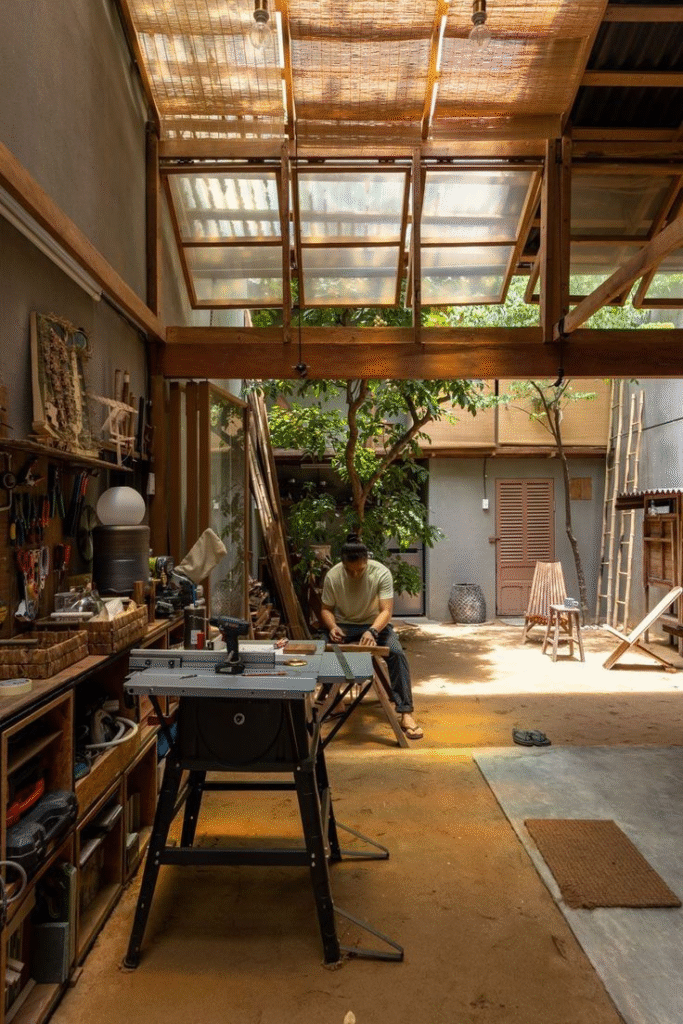
Advances in materials science and ecological construction facilitate building for multiple species:
- Living walls and roofs: Incorporate native plants creating microhabitats, enhancing insulation and biodiversity.
- Smart and porous materials: Walls with cavities or biochar layers that host burrowing insects or small mammals.
- Sensor-Enabled Monitoring: IoT devices track microclimate, species presence, and environmental conditions to optimize habitat performance.
- Sustainable Timber and Natural Stone: Favor non-toxic, renewable, and locally sourced materials that blend with ecological settings.
- Modular Habitat Elements: Prefabricated boxes, domes, or tunnels designed for specific species, integrated into building fabric.
- Bio-Integrated Water Features: Natural ponds or swales supporting amphibians and birdlife while managing site hydrology.
Together, these enable creating living environments that are both architecturally robust and ecologically active.
Architectural Strategies for Human-Animal Coexistence
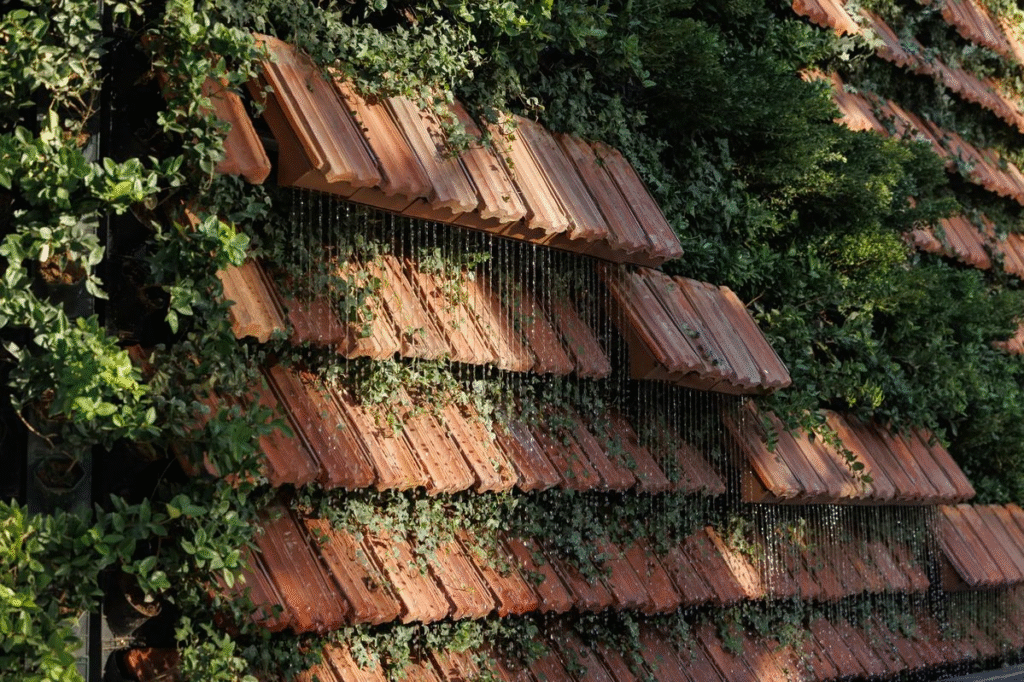
Effective multi-species home design balances human comfort, safety, and aesthetics with ecological functionality:
- Zoning: Delineate human and nonhuman domains with graded access and transitions—e.g., private human courtyards adjoining wildlife gardens fenced for safety.
- Spatial Scaling: Design elements consider species scale and behavior, such as multiple corridor sizes, perch heights, or soil depths.
- Temporal Adaptation: Accommodate behavioral cycles—day/night, seasonal migrations, breeding periods—to synchronize human activity and animal needs.
- Minimizing Conflict: Use design choices that reduce risks—safe window treatments to prevent bird strikes, pet-safe habitats, and avoiding toxic plants.
- Climate and Site Context: Customize interventions to local bioregions and native species to maximize ecological fit.
By attending to these human-animal dynamics during planning and detailing, multi-species homes foster harmonious and sustainable relationships.
Case Studies of Multi-Species Home Design
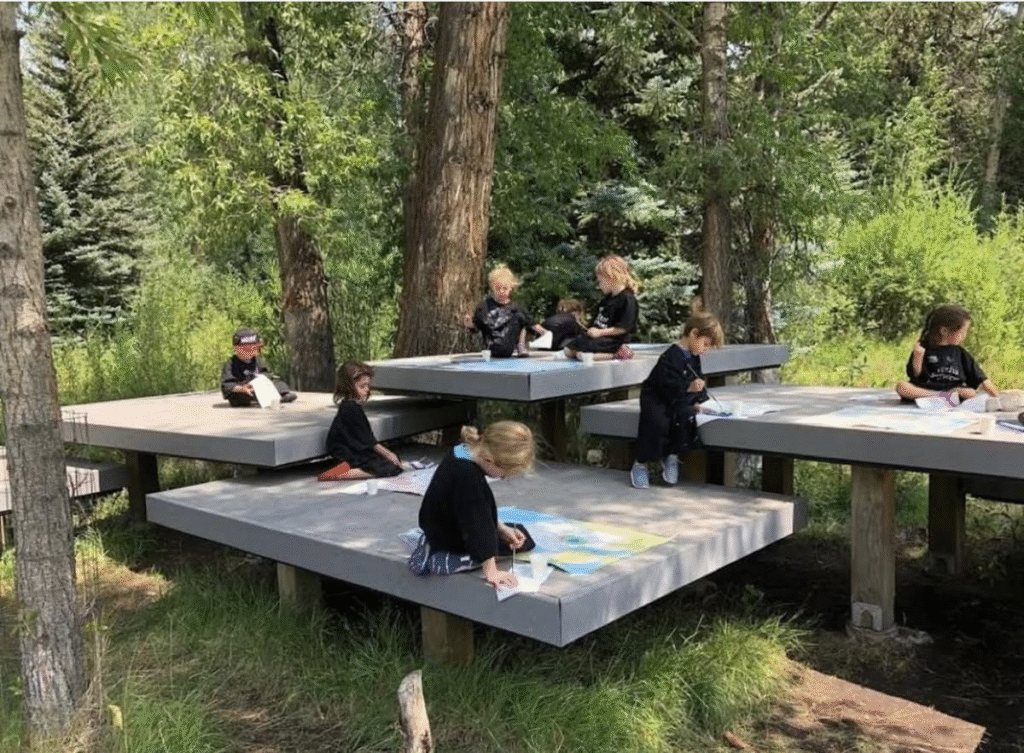
1. Fremont Suburban Multi-Species Prototypes, California
Architectural research studios at the Architectural Ecologies Lab have developed speculative models integrating timber frames providing habitat niches for burrowing owls, gabion walls supporting amphibians, and roof gardens for pollinators. These designs reimagine suburban homes as ecological scaffolds balancing human privacy and wildlife presence.
2. Multispecies Lounge, Toronto
This public installation merges human and animal claims on urban space by combining birdhouses, insect habitats, and human seating—with design attention to social and ecological connectivity—highlighting the urban biodiversity often ignored in dense human spaces.
3. Atelier Bow-Wow & Bangkok Project Studio Works
Experimental architecture blends art and ecology, creating houses with integrated wildlife corridors, vertical gardens, and structures promoting mutualism between humans and nonhuman inhabitants in tropical urban contexts.
4. Wildlife-Inclusive Cities (Animal-Aided Design)
International efforts utilize calibrated species portraits and habitats embedded into urban design, demonstrating plausibility of wildlife-supportive living environments even in metropolitan landscapes.
Benefits of Multi-Species Home Design
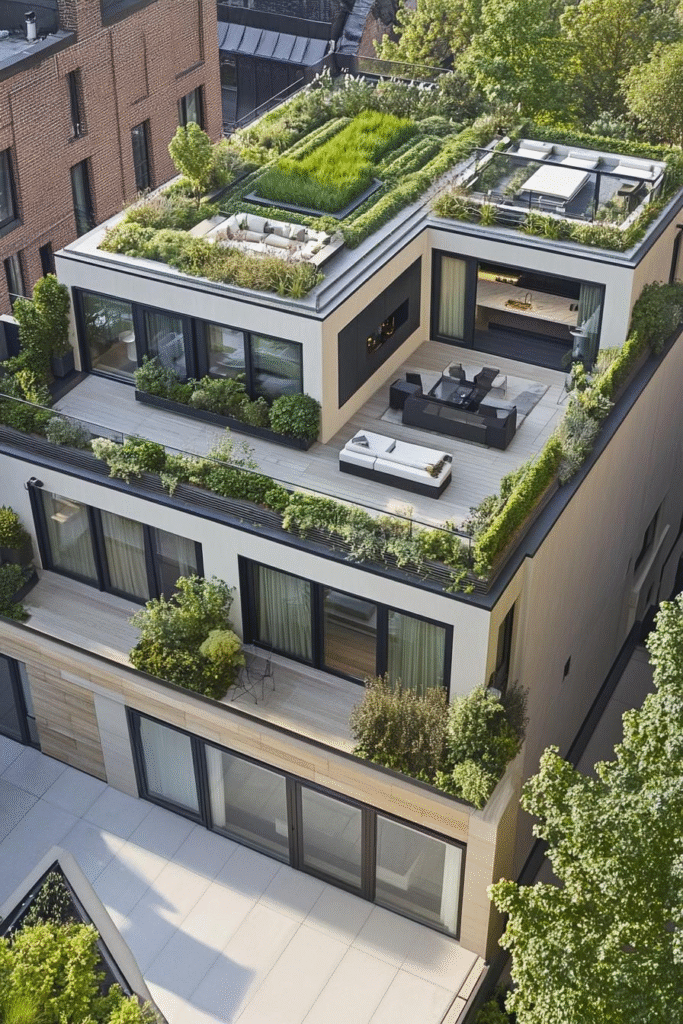
- Ecological Resilience: Supports urban biodiversity, contributing to ecological balance and local food webs.
- Enhanced Human Wellbeing: Exposure to diverse living organisms reduces stress, improves mood, and fosters connection.
- Climate Adaptation: Vegetation and animal habitats assist microclimate regulation—cooling, rainwater absorption, and pollination.
- Educational Value: Encourages stewardship, intergenerational learning, and environmental awareness.
- Innovation and Aesthetics: Inspires creative, site-sensitive design that enriches architectural diversity.
These benefits extend beyond individual homes to contribute to community and planetary health.
Challenges and Ethical Considerations
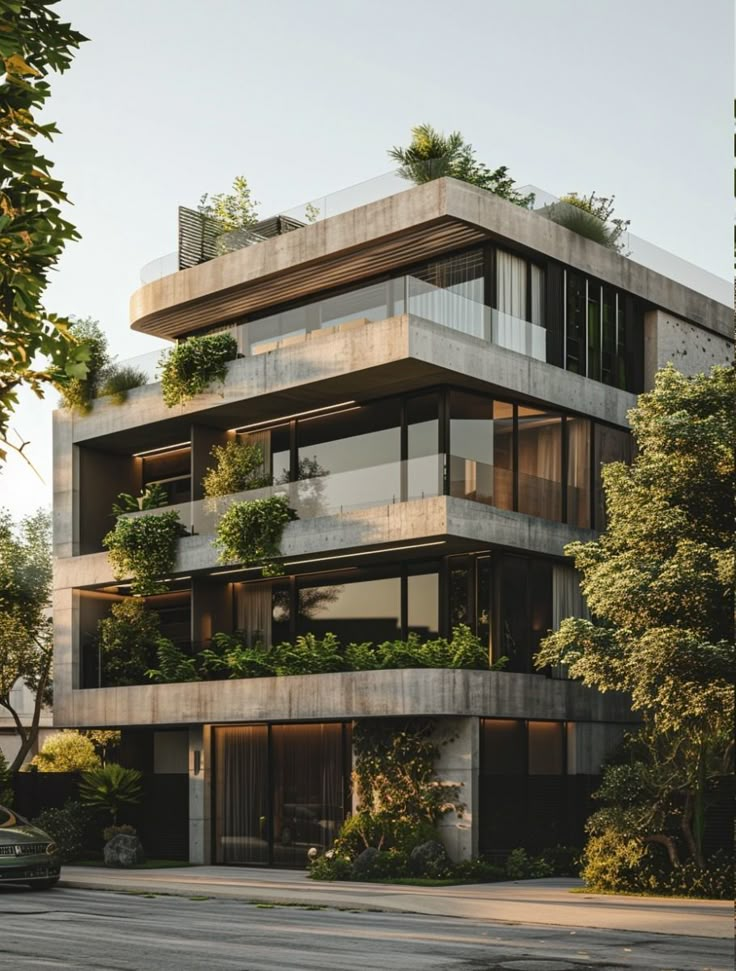
- Maintenance and Management: Multispecies environments require ongoing care and monitoring to avoid invasive species, disease transmission, or habitat degradation.
- Human Safety and Allergies: Design must mitigate risks related to animals (bites, zoonotic pathogens) and plants (toxicity, allergens).
- Regulatory Barriers: Zoning, building codes, and HOA covenants may limit habitat features or animal accommodations.
- Cultural Acceptance: Some communities may be reticent about close contact with certain species.
- Equity and Access: Ensuring inclusive benefits across socio-economic divides avoids ecological gentrification.
- Balancing Control and Freedom: Ethical design respects animal autonomy while ensuring coexistence is sustainable and safe.
Addressing these requires interdisciplinary collaboration among architects, ecologists, community stakeholders, and policymakers.
Future Directions in Multi-Species Housing
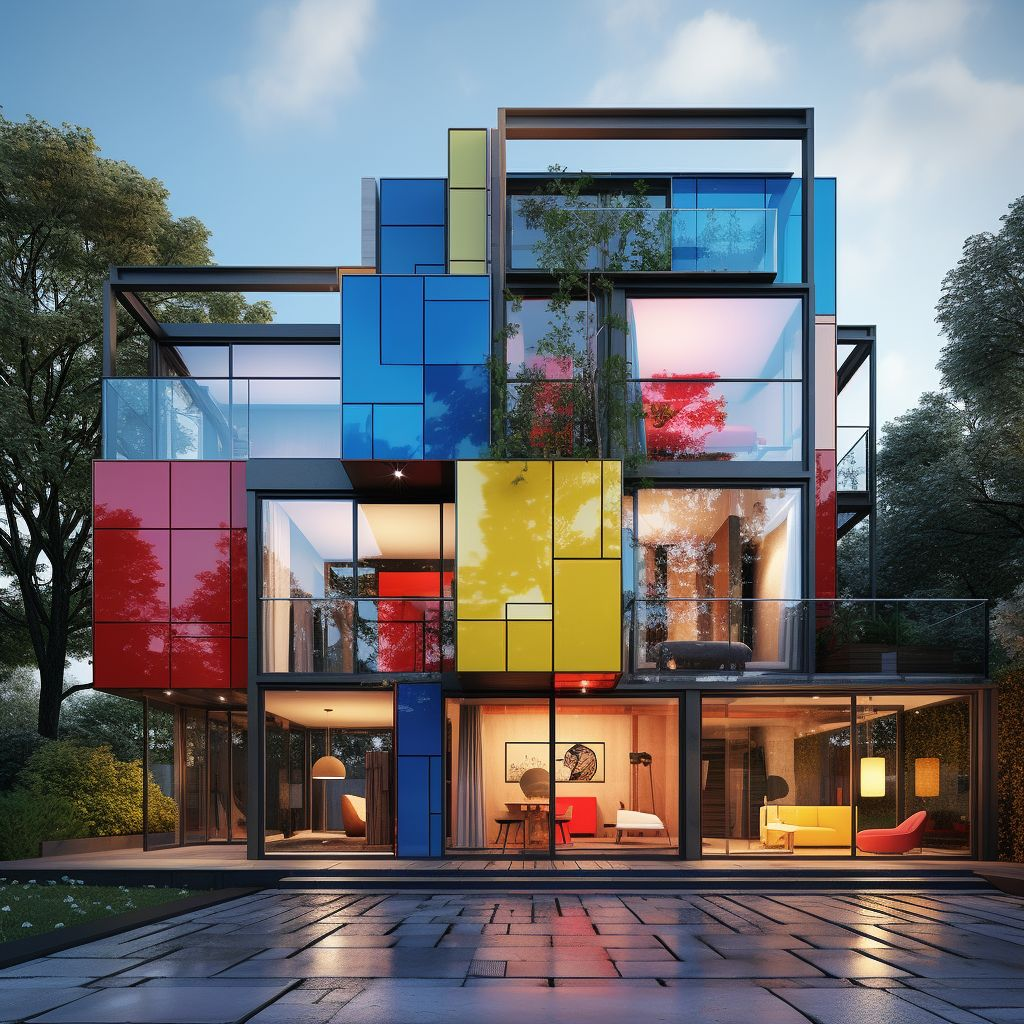
- Integration with Smart Home Technologies: AI-driven systems monitoring biodiversity indicators and automating habitat care.
- Synthetic Biology Applications: Bioengineered habitats and living materials tailored for specific species.
- Policy Innovation: Legal frameworks incentivizing biodiversity-supportive developments.
- Community-Scale Multi-Species Planning: Collective habitat corridors spanning neighborhoods and urban centers.
- Expanded Educational Programs: Integrating multi-species design in architecture and environmental curricula.
- Cross-Disciplinary Research: Advancing ecological, architectural, and social understanding to guide practice.
This forward momentum promises homes that remodel human relationships with the natural world fundamentally.
Conclusion
Multi-species home design transcends traditional architecture, introducing a compassionate and forward-looking framework where humans share domestic spaces with diverse life forms in dynamic, mutually enriching ways. This approach bridges urgent needs for biodiversity conservation, climate resilience, and mental health, while renewing the very meaning of home as a living, cohabitated environment.
Although nascent and challenging, the field offers inspiring models and principles for reimagining our homes and cities as inclusive shelters supporting all Earth’s inhabitants. For architects, developers, researchers, and occupants, embracing this multi-species paradigm is an invitation to be stewards of ecological kinship, care, and creativity.
For expert consultation on designing and implementing multi-species homes, pioneering biophilic and ecological integration, or advancing sustainable coexistence strategies, please contact:
Mishul Gupta
Email: contact@mishulgupta.com
Phone: +91 94675 99688
Website: www.mishulgupta.com
